Minä Perhonen’s Tokyo show explores the emotive power of material
A new solo exhibition by Japanese fashion and textile brand Minä Perhonen at the Museum of Contemporary Art Tokyo (MOT), explores the meaning of craftsmanship and the role of design in society
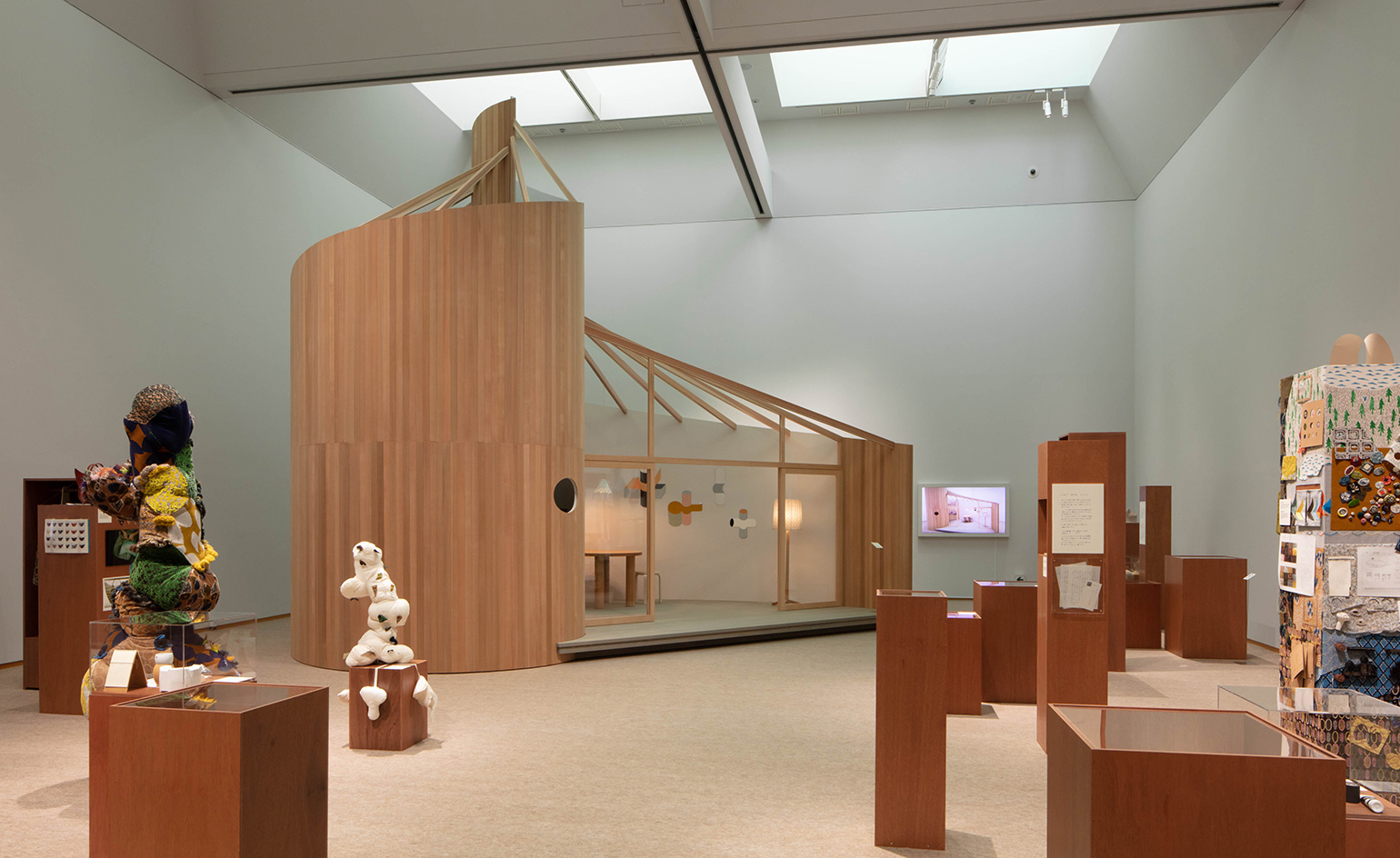
Small and simple, the circle is made up of 25 embroidered dots, takes nine minutes and 37 seconds to make and uses 9.3 metres of thread. This circle, called ‘Tambourine', is one of the most recognisable textile motifs created by Akira Minagawa, the ever-intuitive Japanese designer behind the Tokyo-based fashion and textile brand Minä Perhonen.
The circular motif’s deconstruction is among a raft of innovative installations on display at ‘minä perhonen / minagawa akira TSUZUKU', a new exhibition at the Museum of Contemporary Art Tokyo (MOT).
Showcasing the colourful scope of Minagawa’s creativity, the exhibition goes far beyond conventional fashion, with exhibits ranging from interior textiles and architectural spaces right down to button collections and letter writing. The biggest – and most ambitious – showcase of his expansive creative workings to date, the exhibition opens a month after the publication of Ripples, the first large format book devoted to the brand, complete with poetic musings by Minagawa and an essay by Issey Miyake.
The exhibition, which runs until next February, also marks the brand’s 25th anniversary in 2020. While the label regularly shows its collections in Paris, it will stage its first ever fashion show in Japan on November 25 at MOT.
Highlighting ‘tsuzuku' as key to the exhibition concept, Minagawa tells Wallpaper*: ‘This word has three meanings. One is continuing; the other is layering; and the third is creating. I want to express the beauty behind creating these three different concepts here.'
Spanning the third floor of MOT, the entrance is marked by a bright curved wall of 200 cushions in nature-inspired motifs of birds and butterflies, forests and flowers. Nearby, the iconic tambourine circle motif, first released in 2000 (and since used in 483 different fabrics), is deconstructed, with original sketches and factory footage.
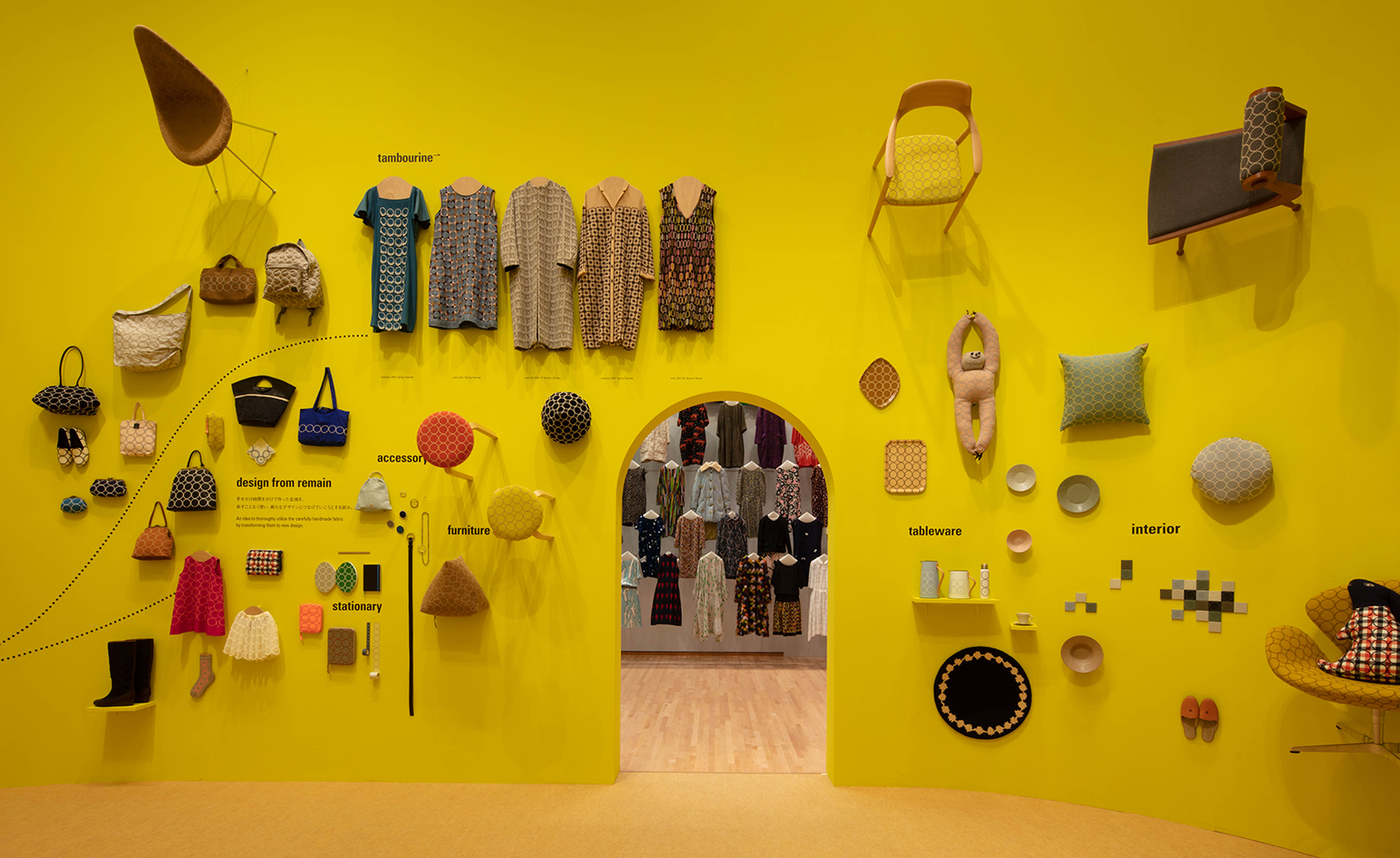
There is also the timeless curation of 400 outfits – from archives to present collections – which appear to hover from floor to ceiling in a curved white space, creating a visual catalogue of crafted textiles, natural motifs and singular tones apparently immune from fashion trends.
‘In this current age, when it’s become common to use things and throw them away, I want to emphasise the importance of using things consciously and having an emotional attachment to them,' explains Minagawa.
‘The act of using things mindfully is important.'
A video installation, created by Japanese artist Hikaru Fujii, also taps into Minagawa’s enduring interest in design for every day life, documenting the daily lives of four minä perhonen customers in Paris, Yamagata, Okinawa and Tokyo.
Nearby, there are dozens of framed images of exquisite original drawings of textile designs – by Minagawa and in-house designer Keiko Tanaka – charting the creative process from initial sketch to completion.
Another big scene-stealer is Shell House: a full-scale spiraling structure of light wood created by Minagawa alongside architect Yoshifumi Nakamura, complete with a clean-lined kitchen and living space.
But Minagawa’s personal favourite? Memory of Clothes: a dimly-lit space where minä perhonen clothing, lent by customers, are displayed in glass, alongside messages from owners.
One navy dress with white tulip-like flowers was worn by its owner for 14 years – including the moment she said goodbye to her dying mother and en route to hospital to give birth to her child.
Another dress, with tambourine circles, has a poignant message from the late owner’s husband, who describes how the dress always made her happy, before thanking the designer.
Minagawa smiles: ‘I love this room because it shows how a material can become a joy, a memory – and be transformed into something emotional.'
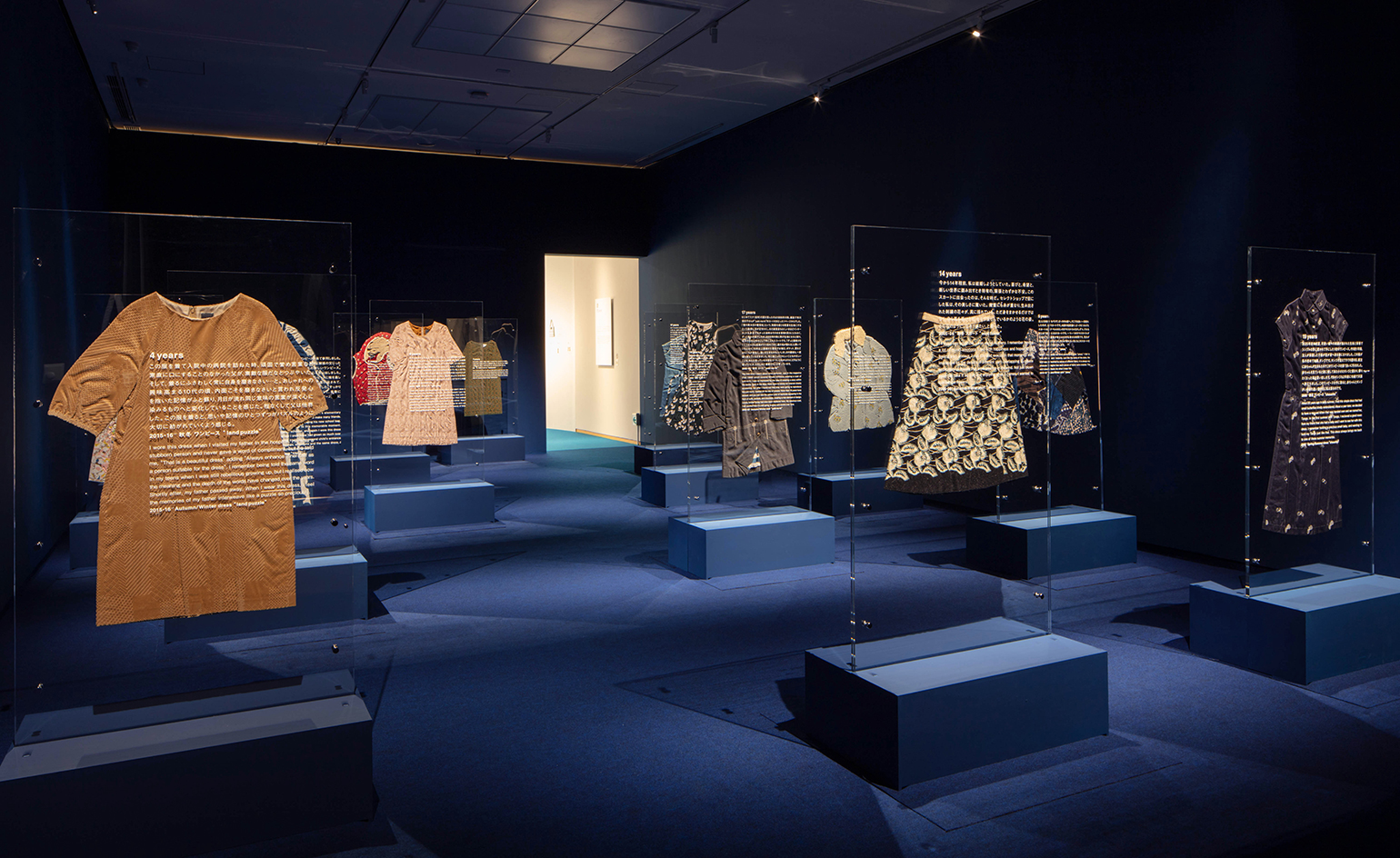

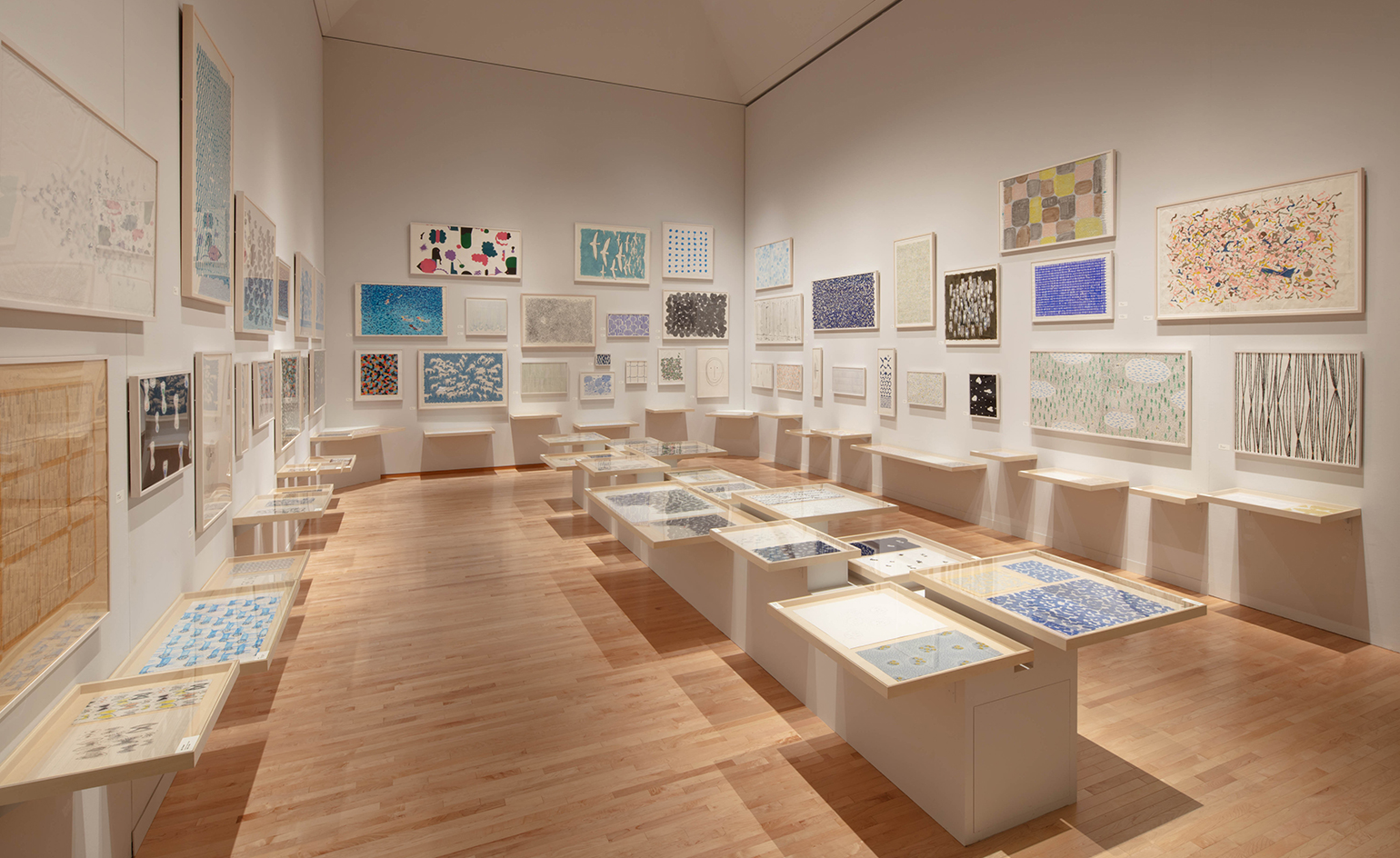
INFORMATION
minä perhonen / minagawa akira TSUZUKU is on view until 16 Feburary, 2020
mina-tsuzuku.jp
at-ta.fr
ADDRESS
4 Chome-1-1 Miyoshi
Koto City, Tokyo
135-0022, Japan
Receive our daily digest of inspiration, escapism and design stories from around the world direct to your inbox.
Danielle Demetriou is a British writer and editor who moved from London to Japan in 2007. She writes about design, architecture and culture (for newspapers, magazines and books) and lives in an old machiya townhouse in Kyoto.
Instagram - @danielleinjapan
-
 What one writer learnt in 2025 through exploring the ‘intimate, familiar’ wardrobes of ten friends
What one writer learnt in 2025 through exploring the ‘intimate, familiar’ wardrobes of ten friendsInspired by artist Sophie Calle, Colleen Kelsey’s ‘Wearing It Out’ sees the writer ask ten friends to tell the stories behind their most precious garments – from a wedding dress ordered on a whim to a pair of Prada Mary Janes
-
 Year in review: 2025’s top ten cars chosen by transport editor Jonathan Bell
Year in review: 2025’s top ten cars chosen by transport editor Jonathan BellWhat were our chosen conveyances in 2025? These ten cars impressed, either through their look and feel, style, sophistication or all-round practicality
-
 Eddie Olin's furniture that merges heavy metal with a side of playfulness
Eddie Olin's furniture that merges heavy metal with a side of playfulnessWallpaper* Future Icons: London-based designer and fabricator Eddie Olin's work celebrates the aesthetic value of engineering processes
-
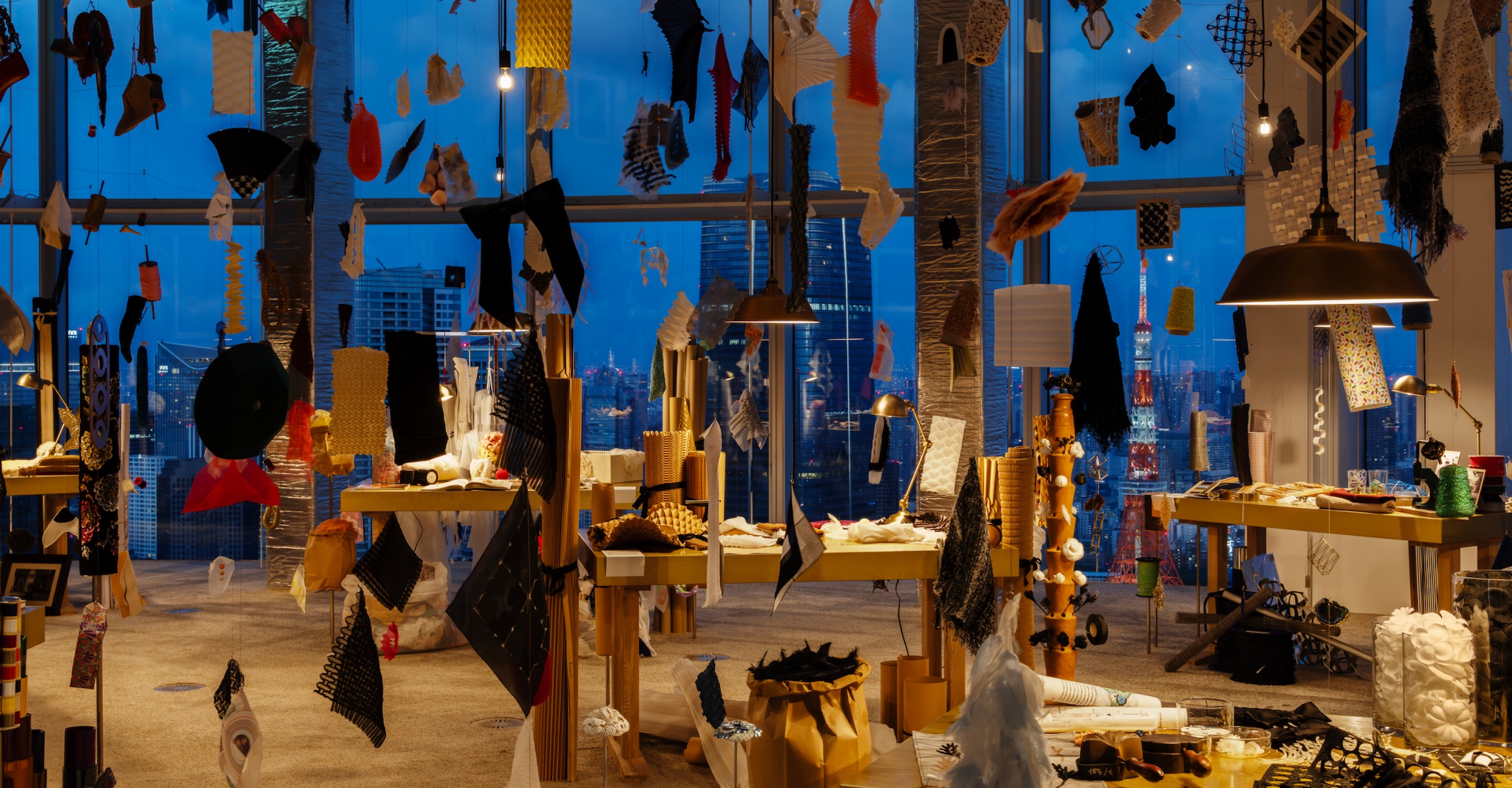 Chanel’s le19M lands in Tokyo with an exhibition that marries Parisian savoir-faire and Japanese craft
Chanel’s le19M lands in Tokyo with an exhibition that marries Parisian savoir-faire and Japanese craftWallpaper* gets a tour of ‘La Galerie du 19M Tokyo’, a new exhibition that sees craftspeople from Chanel’s network of artisans, le19M, unite with their counterparts in Japan for an intriguing cross-cultural exchange
-
 Hat trick: the magic of Japanese milliner Kijima Takayuki
Hat trick: the magic of Japanese milliner Kijima Takayuki -
 Pablo Coppola on Bally’s 100-year archive exhibition at its new Ginza flagship
Pablo Coppola on Bally’s 100-year archive exhibition at its new Ginza flagship -
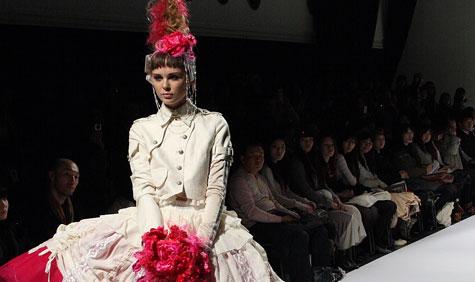 Japan Fashion Week
Japan Fashion Week